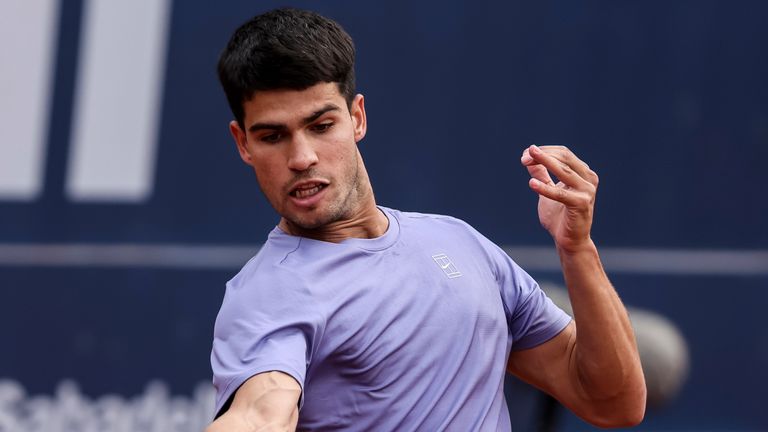Tennis stars are increasingly experiencing burnout as the relentless grind of the sport takes a heavy toll on their bodies and minds. Elite players face a punishing schedule of tournaments, travel, and exhibitions, leaving little time for recovery or mental respite.
Recent seasons have highlighted the severe impact of this demanding calendar. Several top players, including Elina Svitolina, Ons Jabeur, Daria Kasatkina, and Zheng Qinwen, have been forced to step away from competition, citing either injuries or mental health challenges. While professional tennis offers privilege and financial rewards, the physical and emotional costs are undeniable.
The season’s structure contributes significantly to the strain. The official off-season lasts barely five weeks, while the main tour stretches over ten months. Extended ATP and WTA 1000 events, now often lasting 12 days, further burden players. Financial incentives and ranking pressures also encourage participation in additional events, even when rest would be preferable. Upcoming expansions, such as a planned 10th ATP Masters 1000 event, threaten to make the schedule even more congested.
Players face a delicate balance between maximizing earnings and maintaining health. Lower-ranked competitors require more opportunities to compete, while top stars often participate in lucrative exhibitions that can exacerbate fatigue and injury risks. The tension between financial rewards and player welfare has fueled disputes with governing bodies, including ATP, WTA, and the Grand Slams. Efforts to create meaningful reforms have been hampered by the fragmented governance of the sport, with multiple organizations protecting their individual interests.
Advocates argue for a complete overhaul of the calendar to prioritize player health, streamline events, and address environmental and playing conditions such as extreme heat, court speed, and equipment standards. Greater player input in scheduling decisions could reduce physical and mental stress while maintaining fair earning opportunities.
Without significant changes, the cycle of burnout, injuries, and early retirements is likely to continue. Tennis, celebrated for its thrilling competition, must confront the human cost of its relentless schedule to ensure the sport’s sustainability and protect the stars who define it.

